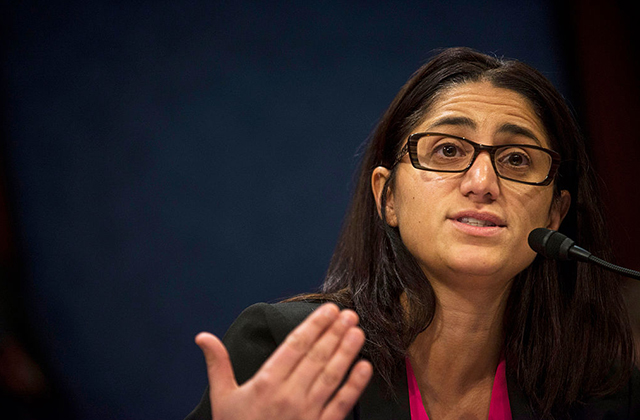More than a year has gone by since the world learned of the crisis facing the predominantly Black city of Flint, Michigan. On September 24, 2015, Hurley Medical Center’s Dr. Mona Hanna-Attisha released her research to the world, work which showed children’s blood lead levels were dangerously high.
Today, the situation is still dismal in many ways.
The Associated Press gave an anniversary update on the realities Flint residents continue to face. Writer David Eggert asks: Is the water safe? What about the pipes? Who’s being held responsible? As he points out, things are changing—but at an incredibly slow pace.
Out of the 10,000 pipes needing replacement, the city has replaced only 177. And the water isn’t as dangerous as it once was, but the city is still advising people to filter it for drinking purposes. For bathing decision is an “individual one,” reports Eggert.
In regards to policy reform, the EPA plans to release new regulations next year. Meanwhile, approximately six million people around the country have dangerous lead levels in their water.
Read the full AP story here.
